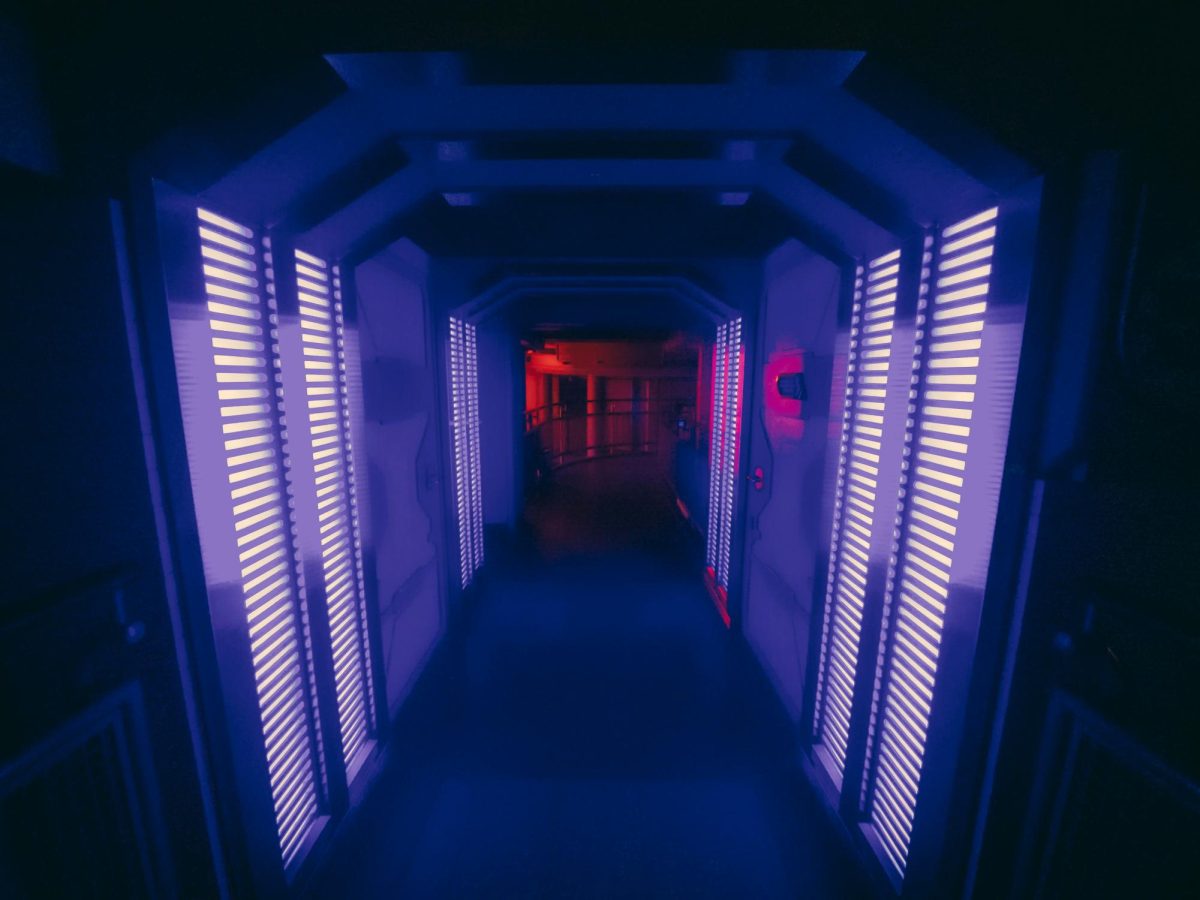As trends shift and evolve, the sacrifice of function for flair remains a consistent pattern. In the past, elites showed their status by driving white carriages, a symbol of wealth that required constant care to stay clean on dirty roads. Today, the same phenomenon of trading practicality for style resurfaces in impractical fashion trends like white shoes, which demand regular maintenance. Driven by corporate strategies and social norms, these senseless trends persist and are hard for consumers to avoid.
One reason these trends exist is because impractical products are profitable for manufacturers, especially in the apparel industry. The white shoe is an example of planned obsolescence, where companies purposely design low-durability, high-maintenance products that deteriorate faster and require frequent replacements.
Planned obsolescence is most commonly found in electronics and appliances. For example, light bulbs in the early 1900s were designed to last 2,500 hours, but those produced in 1984 had their lifespan reduced by over 50%. Today, phones are deliberately built to break down over time, with an average lifespan of only about 2.5 years. This allows brands like Apple or Samsung to make money off customers who feel inclined to upgrade to the newest model. In 2020, more than 80% of the 1.4 billion iPhones sold were to “upgraders,” not first-time buyers, showing how effective planned obsolescence is in driving repurchases from returning customers.
In the shoe industry, planned obsolescence takes a more subtle form. By making shoes a bright and unreasonable color, brands can shorten their lifespan while still maintaining overall quality. In other words, customers notice no deficiencies but still end up making more purchases, generating long-term sales volume. This strategy is one of many in the shoe industry that make it worth $6.4 billion — after all, if a company wants to maximize profit, they have no reason to design products with longevity in mind.
From a consumer’s standpoint, people often fall victim to impractical fashion trends due to a desire to fit in. Influence from peers or media can pressure students to follow a standard or look a specific way, and decisions are often made based on potential social consequences. This fear of being judged compels students to conform, even if it comes at the loss of practical clothing.
Today, the volatile nature of fashion often leads to senseless clothing choices, especially among teens. Following these trends can allow one to feel more accepted, but also results in clothes that are less practical for everyday wear. By understanding the many factors behind these trends, we can learn to avoid them and hopefully, one day abandon our useless — yet staple in modern fashion — white shoes.










